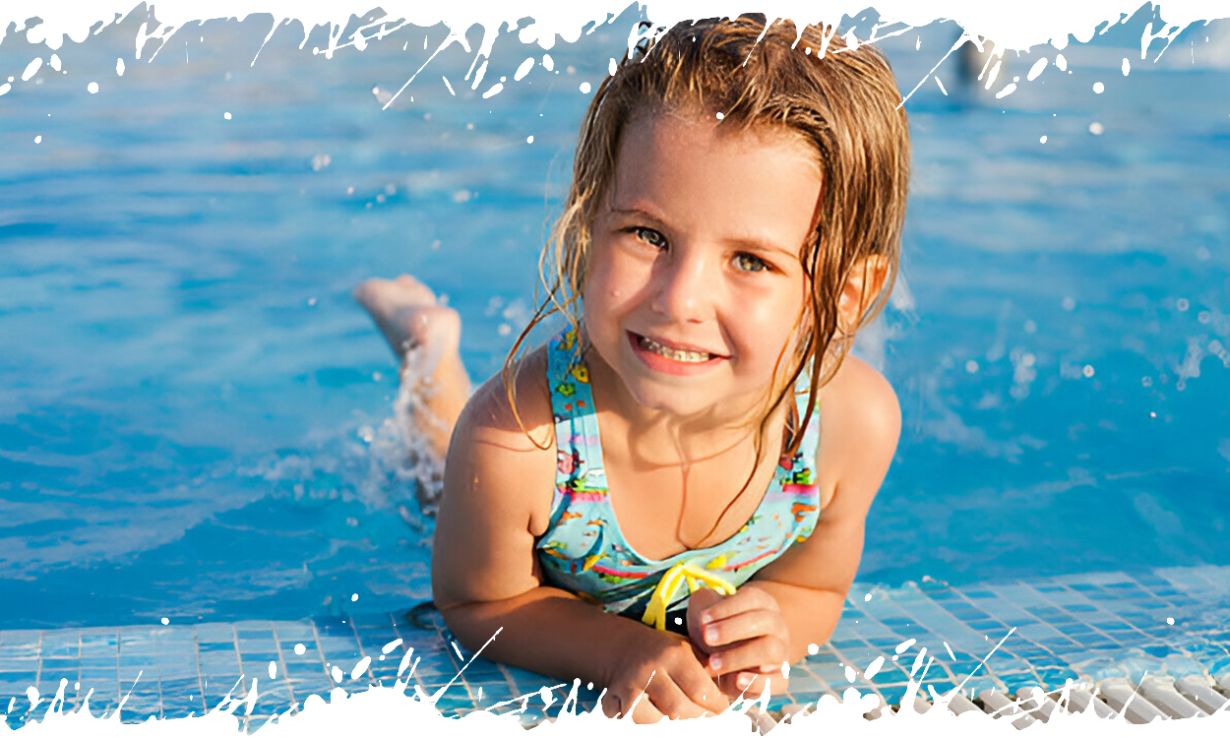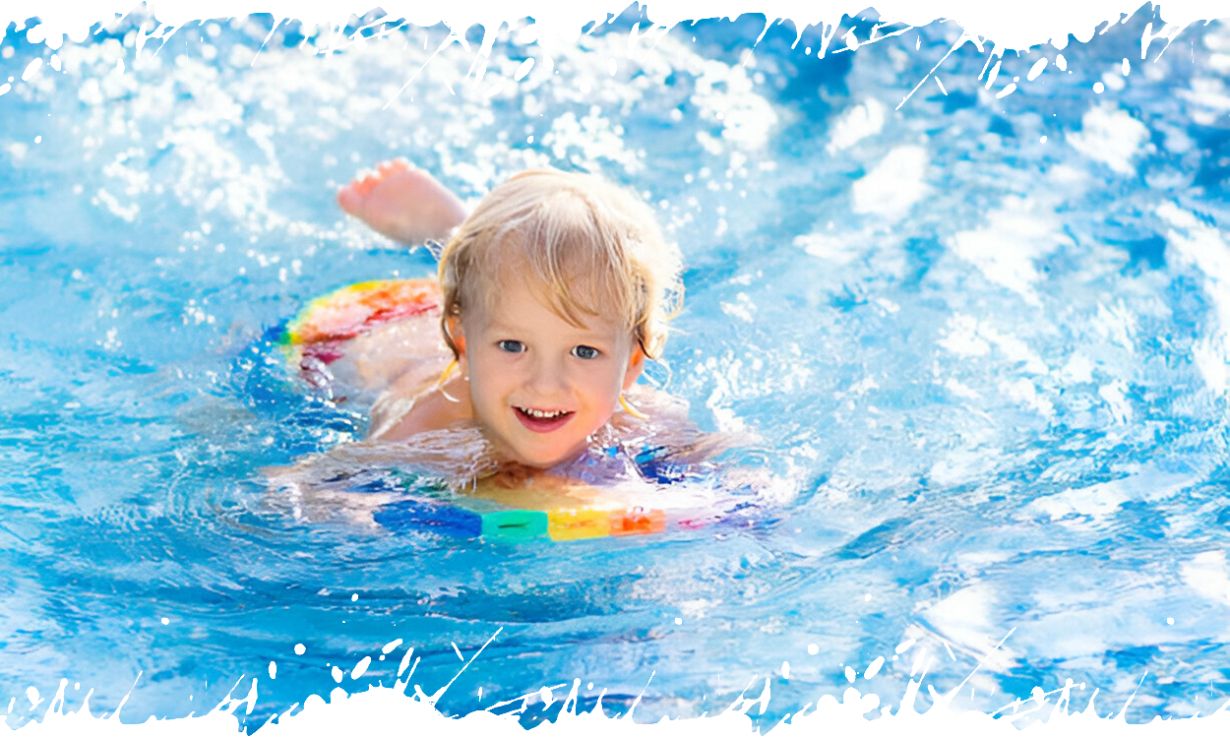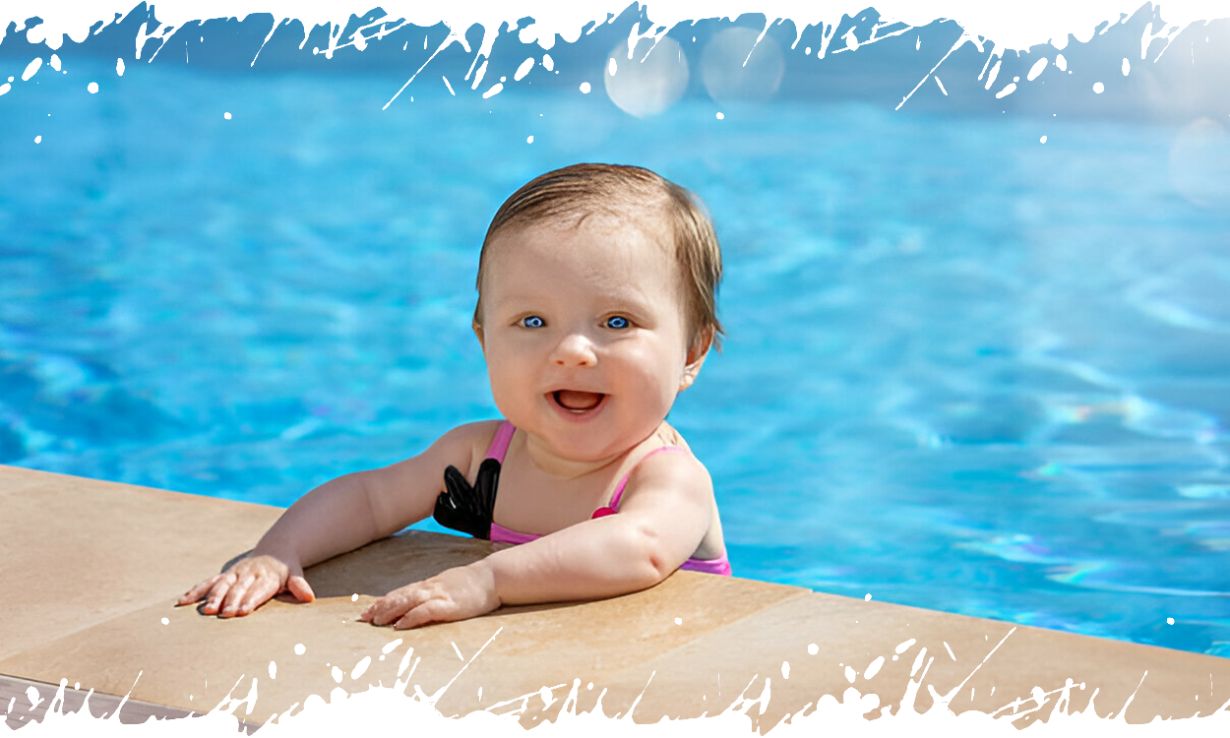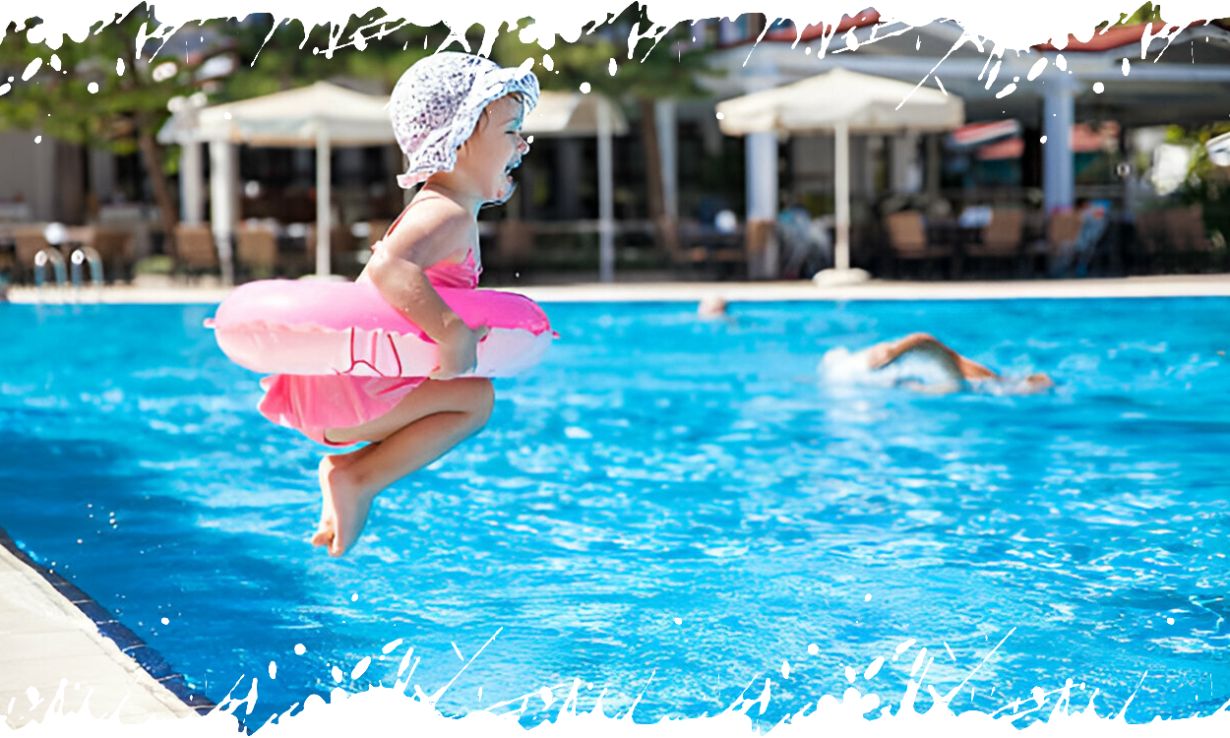
Toddlers
Swim
Lessons
Welcome to the Swimming Training Section for Toddlers. In this section, our programs are designed for toddlers aged 1 to 3 years, giving them the opportunity to develop essential swimming skills and enjoy a fun and safe water experience from a young age.

15 benefits of swimming for Toddlers and more:
- Enhances motor development and balance.
- Improves overall physical fitness.
- Develops movement and swimming skills.
- Strengthens muscles and flexibility.
- Builds self-confidence and independence in the water.
- Improves social interaction and skills with others.
- Promotes general health and boosts the immune system.
- Provides opportunities for enjoyment and play in the water.
- Develops water safety skills and awareness of risks.
- Improves hand-eye coordination.
- Enhances language development through interaction and communication in the water.
- Boosts concentration and attention span.
- Improves response to emergency situations in water.
- Develops endurance and physical resilience.
- Promotes positive movement and daily physical activity.

In this section, your toddler will learn:
- Water Adaptation: Acclimating children to the water and making them feel comfortable while swimming.
- Breath Control: Teaching children how to hold their breath when their faces are submerged in water.
- Floating on the Back: Teaching children how to float on their backs properly and safely.
- Kicking with Proper Motion: Training children to kick their legs in a coordinated manner to facilitate swimming.
- Moving Through the Water: Teaching children how to move through the water using simple and effective motions.
- Balance in the Water: Enhancing the ability to maintain balance while moving in the water.
- Water Play: Using water games to encourage children to move and enjoy being in the water.
- Self-Confidence: Building children’s self-confidence by achieving small, gradual goals.
- Familiarity with the Water Environment: Introducing children to elements of the aquatic environment such as floats and balls.
- Water Safety: Teaching children the basics of water safety and how to act in emergencies
- Physical Fitness: Enhancing physical fitness through continuous water activities.
- Sensory Development: Improving sensory abilities through interaction with water and its environment.
- Motor Coordination: Enhancing coordination between different body movements while swimming.
- Interaction with Tools: Using water tools such as floats to teach children how to use them safely.
- Enjoyable Learning: Making the learning process fun and engaging through stimulating activities.
- Mental Stimulation: Stimulating mental growth through simple games and challenges in the water.
- Family Bonding: Strengthening the bond between parents and children through joint activities in the water.
- Independence: Encouraging children to rely on themselves in the water under the supervision of parents and instructors.

Training curriculum
When designing a swimming training section for Toddlers, our focus is on teaching fundamentals in engaging and safe ways. Here are the key elements of the training curriculum:
- Teaching Basic Swimming Skills:
Teaching how to float on the back and belly and helping them acclimate. - Reinforcing Water Safety Skills:
Teaching toddlers how to be cautious in the water. - Building Confidence and Comfort in the Water:
Providing opportunities for toddlers to gain confidence in diving and swimming without support. - Educational Water Games:
Organizing games that educate toddlers on basic movements like running and jumping in water. - Positive and Encouraging Interaction:
Providing continuous motivation and praising toddlers’ attempts and progress in learning. - Gradual Activities According to Individual Abilities:
Organizing activities based on each toddler’s abilities and adjusting activities as they progress in learning. - Enhancing Basic Motor Development:
Organizing activities that promote motor development, such as swimming through hoops or moving naturally in the water.
This curriculum aims to make the swimming learning experience enjoyable and effective for toddlers, focusing on achieving individual progress and enhancing confidence and basic skills in the water.

Benefits of Home Swimming Training:
- Flexible and Convenient Schedule:
You can arrange your lesson schedule according to your personal preferences and availability, without the need to adapt to traditional swim school timetables. - A Comfortable and Familiar Environment:
It allows you to experience training in a private and familiar environment, increasing your comfort and confidence during learning. - Avoid Crowds and Noise:
You avoid the crowds and noise associated with public pools or schools, making your training experience peaceful and focused. - Individual attention and direct guidance:
You will receive personalized attention and direct guidance from the instructor, enhancing your personal progress and facilitating the achievement of your swimming goals. - Saving Time and Effort:
Reduces the time and effort spent traveling to and from public pools, allowing families more time to spend together. - Customized Training Sessions:
The ability to tailor training sessions to better meet swimmers’ needs, such as session duration and educational content. - Boosting Confidence:
Providing a safe and familiar environment that helps swimmers enhance their confidence while learning to swim. - Focus on Safety:
Offering a learning environment free from potential risks associated with public pools. - Avoiding Pollution:
Minimizing exposure to potential water pollution associated with public pools. - Maintaining privacy:
Providing a private and secluded environment for swimming, avoiding exposure to public view in public pools. This is particularly beneficial for women.